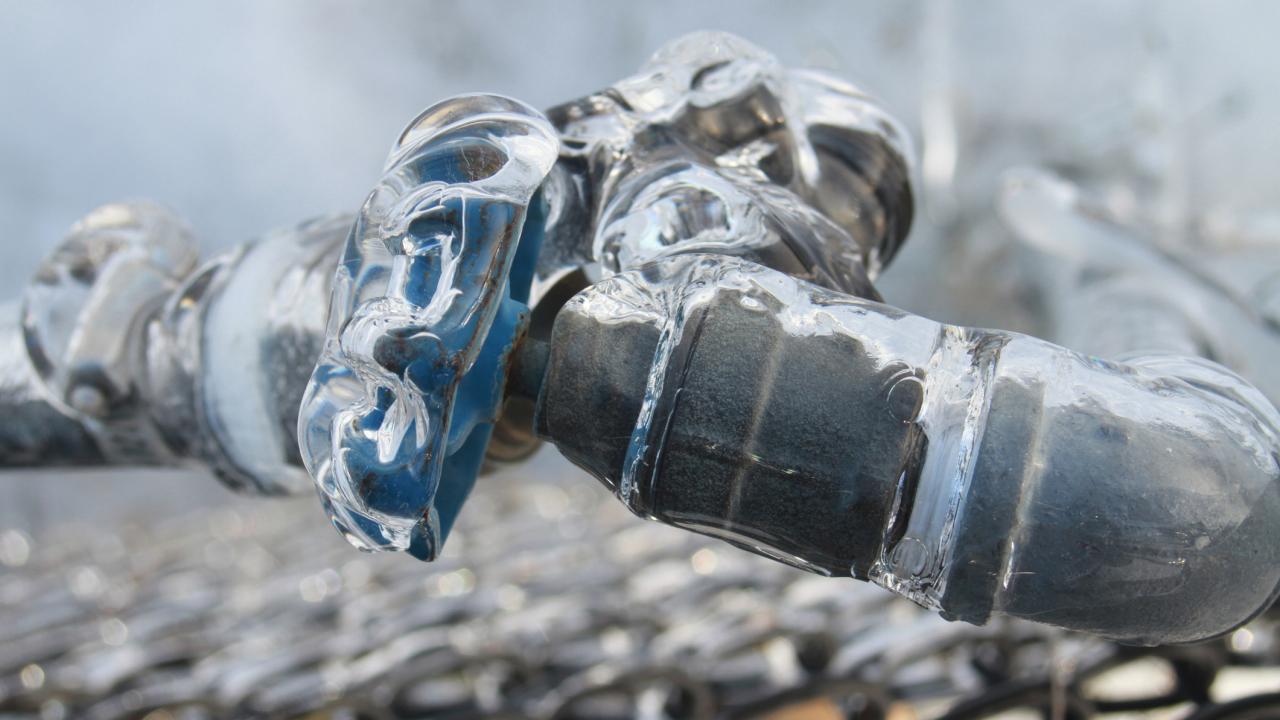Protecting Against Frozen Pipes in Winter: Key Strategies
Protecting Against Frozen Pipes in Winter: Key Strategies
Blog Article
We have discovered the article pertaining to How To Avoid Freezing Pipes below on the net and accepted it made good sense to discuss it with you on this page.

Winter can damage your pipes, especially by freezing pipes. Right here's just how to prevent it from occurring and what to do if it does.
Introduction
As temperatures decline, the danger of icy pipelines increases, potentially resulting in pricey repair services and water damages. Comprehending just how to avoid icy pipes is essential for home owners in chilly climates.
Recognizing Icy Pipes
What causes pipelines to ice up?
Pipes ice up when revealed to temperature levels listed below 32 ° F (0 ° C) for extended durations. As water inside the pipelines ices up, it increases, taxing the pipe walls and possibly triggering them to burst.
Dangers and problems
Frozen pipelines can cause water system interruptions, home damages, and expensive repair work. Burst pipelines can flood homes and cause substantial structural damage.
Indications of Frozen Pipeline
Recognizing frozen pipelines early can avoid them from bursting.
How to identify icy pipelines
Try to find lowered water circulation from taps, uncommon smells or noises from pipes, and noticeable frost on subjected pipes.
Avoidance Tips
Protecting vulnerable pipes
Cover pipelines in insulation sleeves or utilize heat tape to safeguard them from freezing temperature levels. Focus on pipes in unheated or outside areas of the home.
Home heating techniques
Keep interior rooms sufficiently heated, especially locations with pipes. Open cabinet doors to enable cozy air to circulate around pipelines under sinks.
Protecting Exterior Pipes
Garden tubes and exterior taps
Separate and drain pipes yard hoses before winter months. Install frost-proof spigots or cover outside taps with shielded caps.
What to Do If Your Pipelines Freeze
Immediate activities to take
If you presume frozen pipes, maintain taps open up to eliminate pressure as the ice melts. Use a hairdryer or towels taken in hot water to thaw pipes gradually.
Long-Term Solutions
Structural adjustments
Think about rerouting pipelines away from outside wall surfaces or unheated locations. Add additional insulation to attics, cellars, and crawl spaces.
Updating insulation
Invest in top quality insulation for pipelines, attic rooms, and walls. Correct insulation aids maintain constant temperatures and minimizes the risk of icy pipelines.
Conclusion
Stopping frozen pipes requires proactive steps and fast responses. By comprehending the reasons, indications, and preventive measures, home owners can safeguard their pipes during cold weather.
5 Ways to Prevent Frozen Pipes
Drain Outdoor Faucets and Disconnect Hoses
First, close the shut-off valve that controls the flow of water in the pipe to your outdoor faucet. Then, head outside to disconnect and drain your hose and open the outdoor faucet to allow the water to completely drain out of the line. Turn off the faucet when done. Finally, head back to the shut-off valve and drain the remaining water inside the pipe into a bucket or container. Additionally, if you have a home irrigation system, you should consider hiring an expert to clear the system of water each year.
Insulate Pipes
One of the best and most cost-effective methods for preventing frozen water pipes is to wrap your pipes with insulation. This is especially important for areas in your home that aren’t exposed to heat, such as an attic. We suggest using foam sleeves, which can typically be found at your local hardware store.
Keep Heat Running at 65
Your pipes are located inside your walls, and the temperature there is much colder than the rest of the house. To prevent your pipes from freezing, The Insurance Information Institute suggests that you keep your home heated to at least 65 degrees, even when traveling. You may want to invest in smart devices that can keep an eye on the temperature in your home while you’re away.
Leave Water Dripping
Moving water — even a small trickle — can prevent ice from forming inside your pipes. When freezing temps are imminent, start a drip of water from all faucets that serve exposed pipes. Leaving a few faucets running will also help relieve pressure inside the pipes and help prevent a rupture if the water inside freezes.
Open Cupboard Doors
Warm your kitchen and bathroom pipes by opening cupboards and vanities. You should also leave your interior doors ajar to help warm air circulate evenly throughout your home.

Hopefully you enjoyed reading our post on How to prepare your home plumbing for winter weather. Thanks a ton for taking a few minutes to browse our blog post. Are you aware of somebody else who is curious about the subject? Do not hesitate to share it. Thanks for being here. Don't hesitate to come visit our blog back soon.
Instant Quote Report this page